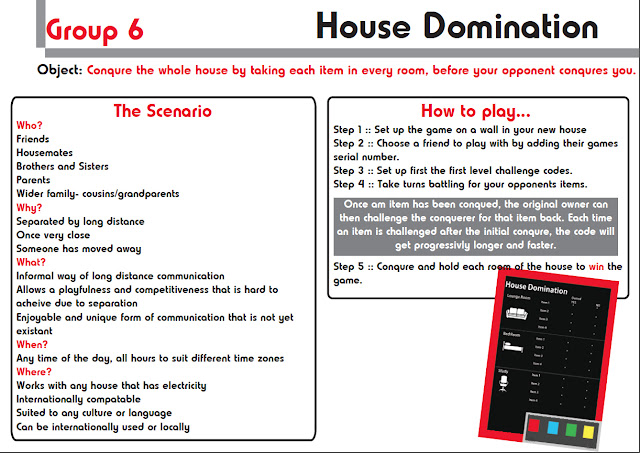http://matadornetwork.com/life/24-incredible-new-technologies-youll-see-by-2021/
The url above is a link to a webpage called 23 Incredible New Technologies you'll see by 2021.
There are some particular ones I found interesting.
The Paralysed will Walk
This prediction is based on using a "machine-brain interface". Enabling human thoughts to take control of their own mechanical limbs which is apparently being developed at present for use within military contexts. I think if this technology is ever successfully developed it will be used for a lot of different applications such as phones and computers possibly even cars. This a bit of a shame though, it takes away any interaction and connection with the interfaces and products. Yes, for the application of moving mechanical limbs would be great but for uses particularly the car I think a lot of meaning will be lost. Driving a car is all about interacting with he physical controls, steering wheels, peddles and even smaller things such as indicators and radio. All of these actions and movements create an experience and I think reaching the age to be able to do all of these things is quite a milestone, and if technology takes all of these things away I think that generation will be at a great loss. Even the current and very near future of automatic cars which sense obstacles and can park themselves, is taking away a very symbolic and meaningful experience.
The Rise of Electronic Paper
This one is seen regularly in futuristic technological visions of the futures. So this concept is nothing new and not something we could hardly be shocked about. The future of it is to appear just like ink on paper (as does the kindle) but eventually reach a form of interactive full colour video.
The average PC has the Power of the Human Brain

The main points I got from this diagram are
1. Nano technology- The "necessity" of making everything as small as possible. has become a sign of quality and superiority. Good from an environmental perspective, saving material and reducing waste and enables different technologies to combine and added into the one product.
2. Augmented Reality
3. Intelligence is the most interesting human phenomenon- So much research and money goes into developing intelligent technologies. Computers are able to do more and more things which will eventually lead to humans and machines becoming equal.
There was an interesting discussion at the bottom of this web page where someone commented saying that its selfish for people to be imagine, want and be developing augmented realities which is something really not necessary or required, when there are people in poverty with no water and food.
Another person replied and said there would be some way in which augmented realities would be able to make a positive impact on those people as well.
The next person commented saying; "Leave the starving to the unexceptional and the followers. These creative people are truly serving mankind by doing what humans are meant to do- to create, to build, to Invent! The greatest disservice a man can perform is not to neglect his fellow man, but to neglect himself and his true potential!"
I think the last comment is quite a bold statement. There are some parts of which I don't agree with. I think that design and technology should be utilised and developed in a way which is not purely to make things already easy easier and become technology based just because it can be. They should be developed to solve problems and fix things that aren't right. It may seem like poverty and science, technology and design are very far apart and have no relation but really these are the things that can make the world better.











